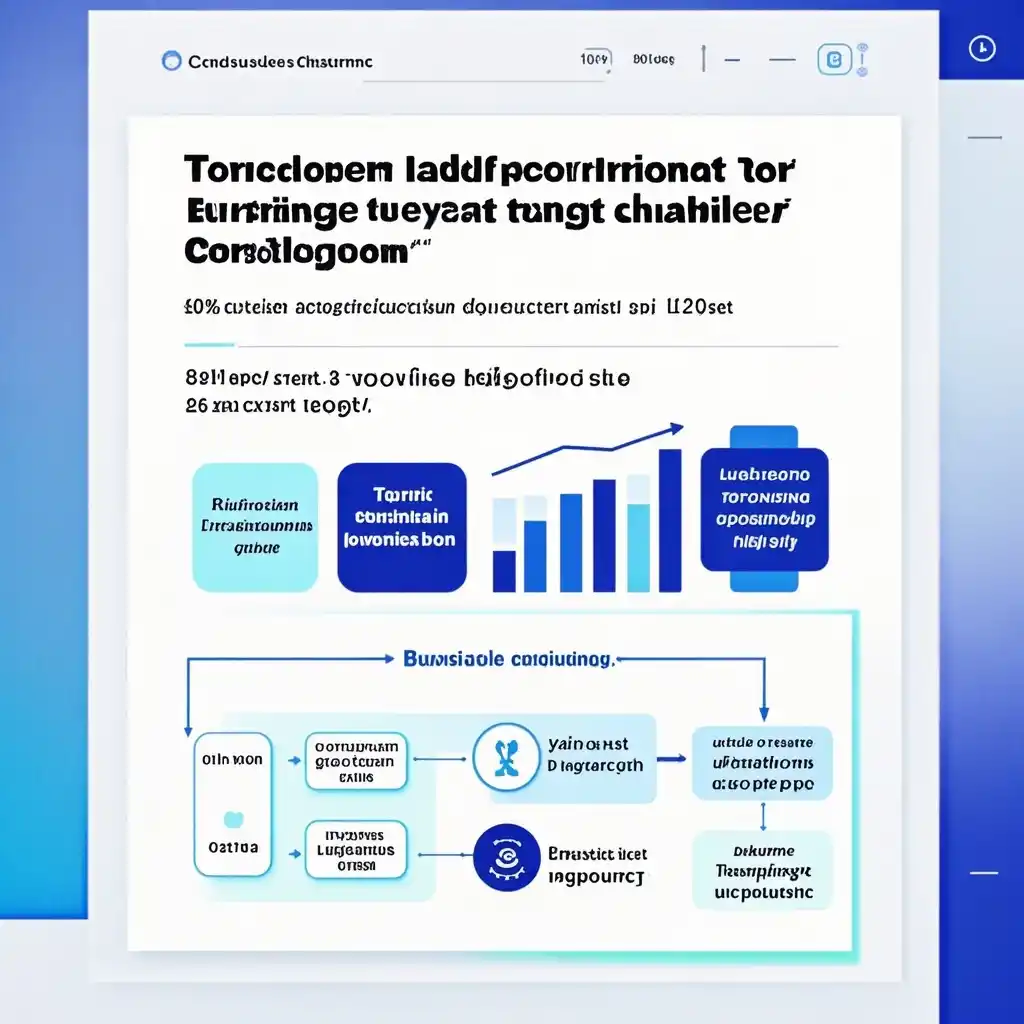

1. Background In the world of cross - border e - commerce, enterprises are constantly facing challenges. One of the most significant hurdles is the high tariff costs imposed on their products when entering foreign markets. Tariffs can significantly increase the price of goods, making them less competitive in the international marketplace. For example, a small - scale cross - border e - commerce business that specializes in selling handmade jewelry might find that the tariffs in certain European markets add an extra 20% to the cost of their products. This increase not only eats into their profit margins but also makes it difficult to price their products competitively against local competitors. As a result, many cross - border e - commerce enterprises are looking for ways to mitigate these tariff costs. One potential solution that has emerged is leveraging export subsidies. Governments around the world are increasingly aware of the importance of promoting cross - border e - commerce and are offering various types of export subsidies to support domestic enterprises in this area. 2. Overview of Export Subsidies Export subsidies are financial incentives provided by the government to domestic producers or exporters. These subsidies can take many forms. For instance, direct cash payments may be made to exporters based on the volume or value of their exports. In some cases, the government may provide tax exemptions or reductions for export - related activities. Another form of subsidy could be in - kind assistance, such as providing subsidized raw materials or access to low - cost production facilities. For cross - border e - commerce enterprises, these subsidies can be a game - changer. Consider a Chinese cross - border e - commerce company that exports electronics. The Chinese government may offer a subsidy in the form of a partial refund of the value - added tax (VAT) for exported electronics. This effectively reduces the cost of production for the company, which can then use this cost - saving to offset the tariff costs in foreign markets. 3. Strategies for Leveraging Export Subsidies to Counteract Tariff Costs 3.1 Understanding the subsidy policies The first step for cross - border e - commerce enterprises is to thoroughly understand the export subsidy policies available in their home country. This requires in - depth research and potentially seeking professional advice. For example, an Indian e - commerce exporter of textile products needs to know which specific government schemes are applicable to their business. Some subsidies may be targeted at small and medium - sized enterprises (SMEs), while others may be industry - specific. By understanding these policies, the enterprise can ensure that they are eligible for and can take full advantage of the available subsidies. 3.2 Incorporating subsidies into pricing strategies Once the enterprise has a clear understanding of the subsidies, they can incorporate this into their pricing strategies. For example, if a cross - border e - commerce enterprise in Brazil that exports coffee receives a subsidy that reduces its production cost by 10%, it can either choose to lower its export price to gain a larger market share in foreign markets or maintain the price and use the extra margin to cover tariff costs. If the tariff cost in a particular European market is 8%, the enterprise can use part of the subsidy - induced cost - saving to offset this tariff cost while still remaining competitive in terms of price. 3.3 Using subsidies for product improvement Rather than simply using the subsidies to directly offset tariff costs, some enterprises may choose to invest the subsidy funds into product improvement. For instance, a South African cross - border e - commerce company that exports handicrafts could use the subsidy to upgrade the packaging of their products. This improved packaging not only makes the products more attractive but may also help in reducing damage during transportation, potentially leading to lower overall costs. At the same time, the enhanced product presentation can also help the company command a higher price in the international market, which in turn can offset the tariff costs more effectively. 4. Summary In conclusion, for cross - border e - commerce enterprises, tariff costs are a significant challenge, but export subsidies offer a viable solution. By understanding the available subsidy policies, incorporating subsidies into pricing strategies, and using them for product improvement, these enterprises can effectively counteract the negative impact of tariff costs. However, it is important to note that subsidy policies are subject to change, and enterprises need to stay updated to continue reaping the benefits. Additionally, while subsidies can provide a short - to medium - term advantage, in the long run, cross - border e - commerce enterprises should also focus on building sustainable competitive advantages through innovation, quality improvement, and efficient supply chain management.